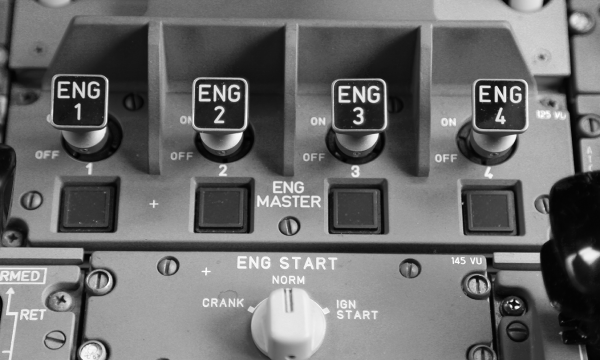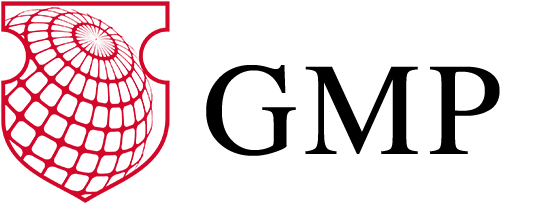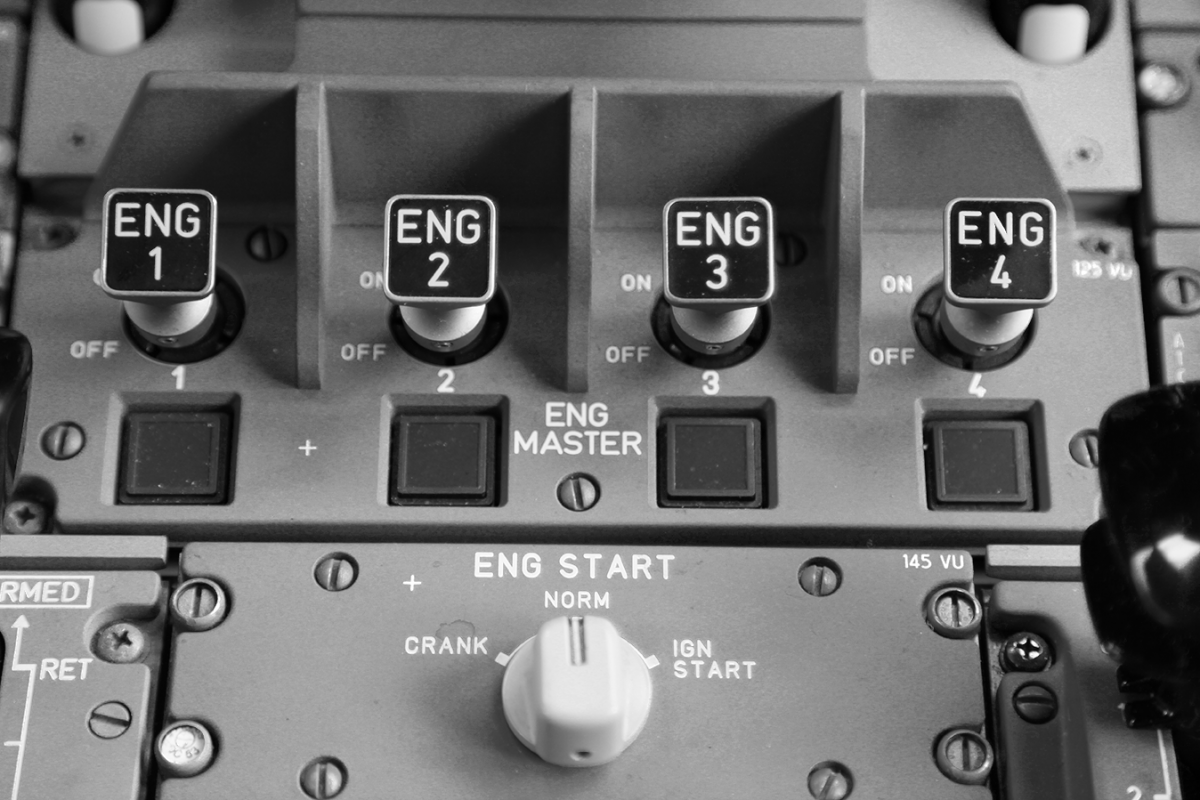Was is a Fuel Scheme?
Effective October 30, 2022, the European Aviation Agency (EASA) has introduced changes to fuel planning and in-flight fuel management for commercial air transport operators (such as airlines or business jet operators) (Regulations EU 2021/1296 and ED 2022/0005/R).
The following main intentions were pursued with this regulation:
- Establish a basis for aircraft that use energy sources other than conventional hydrocarbon-based fuels for propulsion.
- Reducing pollutant emissions and fuel consumption in European aviation via the introduction of new fuel planning and management options.
- Incorporating the phraseology for fuel-related messages between pilots and air traffic control (ATC) into the regulations for air operations.
- Harmonization within and between regulations.
New energy sources for propulsion.
In the mail regulation for commercial aviation, EASA now uses the term ‘fuel/energy’ instead of ‘fuel’. The new regulations thus also apply to new aircraft using energies other than hydrocarbon-based fuels.
Reducing pollutant emissions and fuel consumption.
EASA expects annual savings of up to 3 million tons [Source: EASA European Aviation Environmental Report 2022] of carbon dioxide based on the new fuel-planning and management regulations. These savings are to be achieved by means of new freedoms that EASA is granting to operators. Thus, operators are given the opportunity to develop an individual fuel scheme that enables lower fuel consumption compared to the previous rules. However, high demands are also placed on the new freedoms. A comparative analysis of the operator’s safety and operational data, applying scientific principles, must be submitted to the national aviation authority. In addition, requirements are placed on the company’s operational capabilities. Amongst others, it must be ensured that computerized flight-planning is based on current aircraft-specific data derived from a fuel consumption monitoring system and reliable meteorological data, that certain navigational and communication skills of the aircraft are given, that flights are operated under special attention, and that certain aircraft and ground systems are monitored. Companies that neither can nor want to meet these requirements, for which it is not economically viable, or in whose operational profile a reduction in the fuel carried would result in an unacceptable impairment of flight safety, can remain with the previous regulations (now ‘basic scheme’, optionally with so called ‘variations’). Nevertheless, new requirements for the planning of alternate aerodromes have also come into force for such companies. We at GMP have seen that in particular small operators were and are (effectivity of the new rules postponed for German operators until June 1, 2023 as per ‘Allgemeinverfügung des Luftfahrt-Bundesamtes über die Anwendung der Änderungsverordnungen 2021/2237 und 2021/1296 gemäß Art. 71 Abs. 1 der Verordnung (EU) 2018/1139)) quite challenged by the introduction of the changes. We support in revising the operations manual or offer individual training on this topic (up to the development of an individual fuel scheme).
Phraseology for fuel-related messages.
In 2013, for the first time, EASA published phraseology for fuel related messages from pilots to Air Traffic Control (ATC) (EASA SIB 2013-12). Once revised in 2018 (EASA SIB 2018-08), these regulations had not previously found their way into the central EU regulations governing the rules around commercial air operations. (Furthermore, the same had been the case since 2016 with regulations concerning the refueling of aircraft with a running engine (EASA SIB 2014-16)). These have now been integrated.
Harmonization within and between regulations.
The basis for the new regulations was provided by the International Civil Aviation Organization (ICAO) with the publication of two Standards and Recommended Practices (SARPs 4.3.4.47 and 4.3.6.68, by Amendment 38 to ICAO Annex 6, Part I) , followed in 2015 by a ‘Flight Planning and Fuel Management Manual’. With the new regulation, EASA is not only harmonizing its regulations with ICAO, but also clearing up inconsistencies in its own regulations. As an example, business jets (generally, aircraft operated under EASA Part NCC) in non-commercial operations were subject to different fuel planning regulations than those in commercial operations (aircraft operated under EASA Part CAT). However, both operating characteristics are very similar. Such differences have now been unified. Also, some of the former fuel regulations for non-commercial operations of complex aircraft (EASA Part-NCC) (eg. a privately operated business jet) were based on those of non-complex aircraft (EASA Part-NCO) (eg. a sports aircraft) and have now been revised in favor of the performance standards of state-of-the-art complex aircraft.
With its opening towards new propulsion technologies and the introduction of new fuel planning options, EASA has taken a step towards the future.
The argument that this new regulation is the result of successful lobbying by large airline alliances, which can use it to reduce the fuel requirements of their fleets, while smaller airlines are unable to meet the required effort either financially or structurally, cannot be followed:
- EASA requires precise computerized flight planning as one of the prerequisites for the application of the ‘Individual Fuel Scheme’. However, integrated dynamic flight planning systems can also be used by operators that opt for the ‘Basic Fuel Scheme’ or ‘Basic Fuel Scheme with variations’. Depending on the operating profile and aircraft, there is considerable savings potential also for smaller operators.
- Also smaller airlines as well as medium-sized and large operators of business jets meet both the technical requirements with their fleets and have the necessary structures and approvals within their companies.
Technologically, the step toward individual fuel planning and in-flight fuel-management became possible. In the interest of the overall objective of reducing emissions, the use of these technologies is good and right. That in the interest of flight safety high demands are made on optimized fuel planning, as well.
Based on this new regulation, we see a need for new systems or modules for existing flight planning and flight tracking systems that automatically determine, monitor and continuously adjust the operator’s individual fuel scheme. If you are interested in finding out whether the development of such systems is also supported by national or EU funding programs – since they contribute to reducing fuel consumption and thus emissions – please contact me.
We support you.
GMP supports you throughout the entire process from application to approval, as well as in parts of the application process or specific questions.







